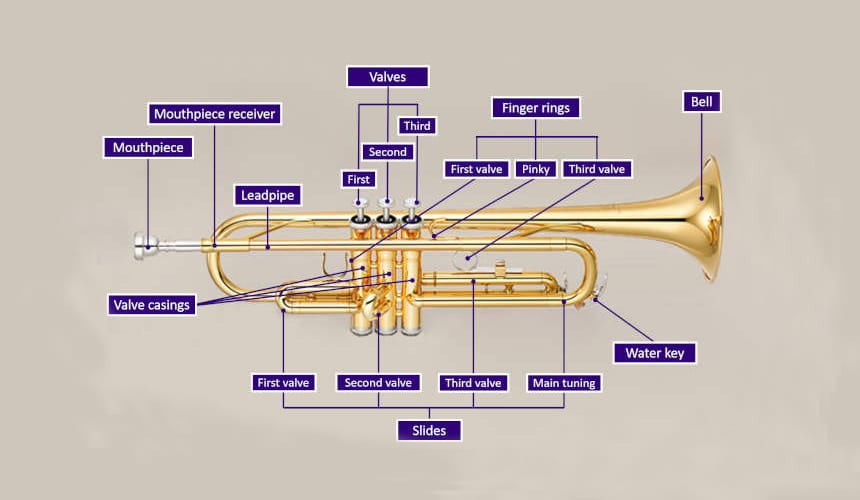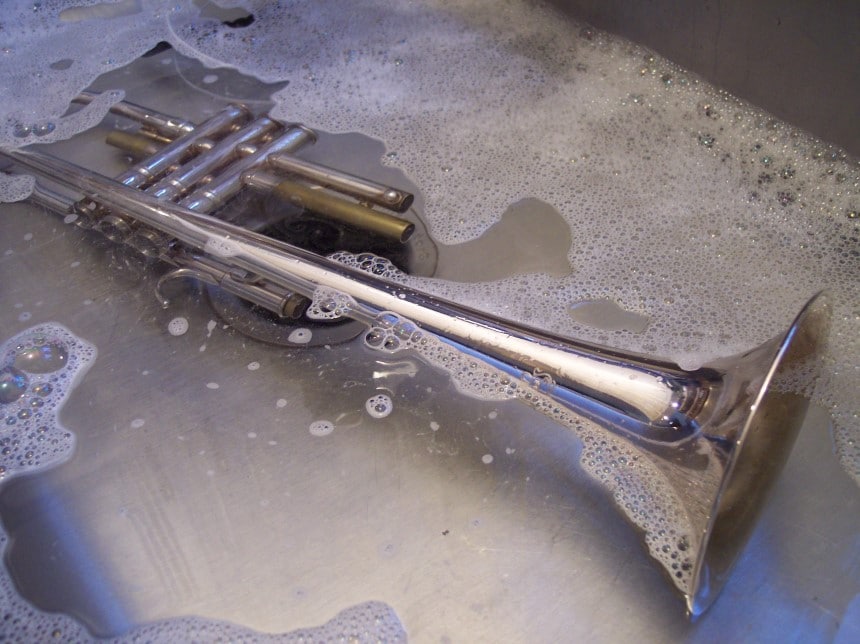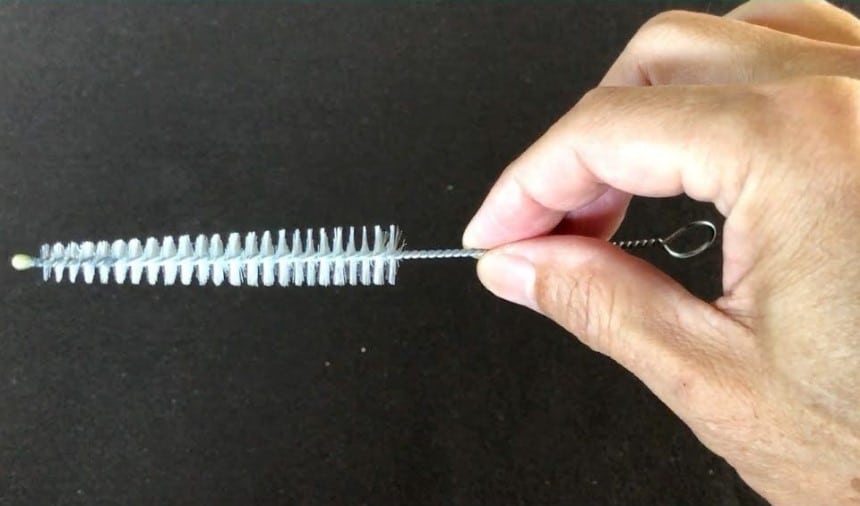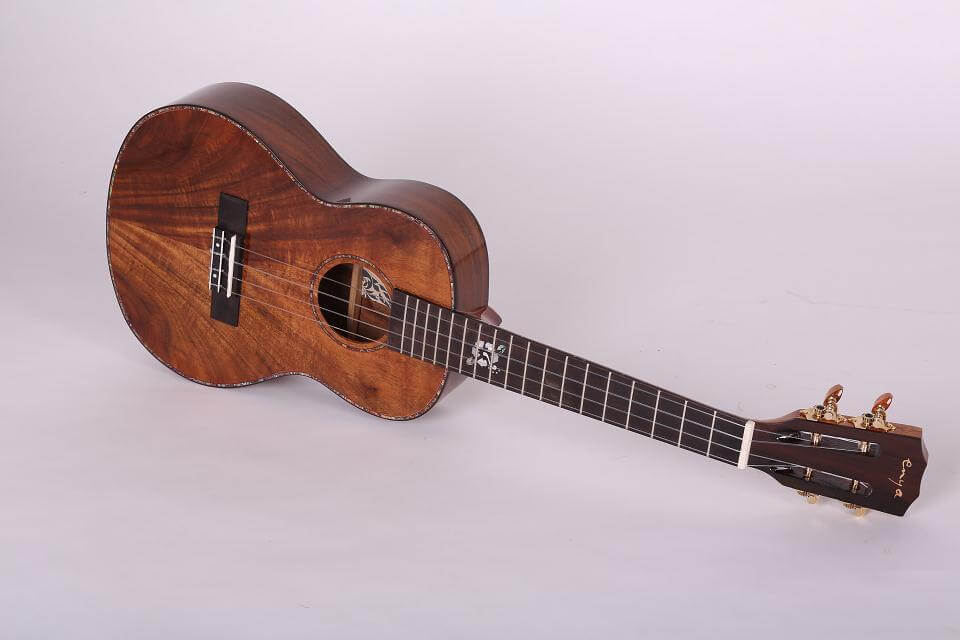In this guide, we’re exploring how to clean trumpets. A lot of people who start to play these instruments don’t know what they’re in store for when it comes to the cleaning. Saliva can build up and this can even be a health hazard. If more than one person are using the trumpet, it’s even more vital. Knowing how to properly clean a trumpet isn’t all about the fact that it can make you ill though, bacteria can build up and spread on virtually any part of the instrument. On top of that, you might find that your trumpet starts to look old and tarnished, and it is natural to want your instrument to look great as well as sounding fantastic. We’ll also explore how to polish a trumpet so that it shines, and looks amazing on stage.
It’s vital that you keep your trumpet clean because of the fact that bacteria can build up inside the tube or in other parts of the instrument. This is a health precaution, as bacteria can build up and then come into contact with your mouth.
Though the mouthpiece should be regularly cleaned and even replaced, the rest of the instrument should get a wipe down after every use, using something like a microfiber cloth. This allows you to keep on top of the cleaning process. On top of this, every 3-6 months, it is important that you take the whole trumpet apart and give a thorough clean to every part of the trumpet.

You will see:
If there is a grime gutter, or if there are different screws keeping things in place, remove these and set them aside so that you can reassemble your trumpet properly afterwards. The parts should all come apart without too much force. If they take too much effort, don’t force it, it could mean they’re warped.
It’s a good idea to buy a full kit that can provide you with everything you need to clean your trumpet. The Cecilio Trumpet Cleaning Maintenance Care Kit is ideal. It comes with everything you need to clean your instrument properly.
If you are going to source the individual parts separately, you will need:
For the mouthpiece brush, we recommend the cleverly designed Protec A260 which sits in the mouthpiece and thoroughly cleans, killing bacteria. Each of the different parts of the trumpet has different cleaning equipment and it is important you don’t mix them up. You could end up getting oil in your mouth if you don’t take the right precautions.

Clean the tuning slide first. You can put a few drops of soap down the slide, use the brush to scrub thoroughly. Make sure you don’t try and get the brush all the way through as it might bend, warp, and get stuck. Instead, you can scrub from both sides. Rinse all the way through when you are done. Place it on an unused towel when you’re done.
Next it’s time to learn how to clean trumpet valves. The first valve slide is a sensible place to start. Run water through first to rinse it through, before using your brush to get as far in as you can, without bending the brush so much that it won’t come out again. Both the internal and external need to be scrubbed with soap. At the end, submerge it totally in the water so that you can rinse it out. Put it on the same towel as the other parts.
 Step 3
Step 3Repeat the above step, but using the 2nd valve instead of the first. Run water through it, and then add drops of soap before brushing inside and out. Get rid of all residue. Rinse it off with water and then place it with the rest of the trumpet parts.
You’ve guessed it. Step 4 is the third valve slide, and the process is the same as the other two valve slides. Whenever you are rinsing, you need to make sure that you use warm water, but not too hot. Boiling water could damage or warp the instrument.
Clean the valve caps next. Run water through all of the caps and scrub both inside and out. You’ll notice there is some stubborn oil residue. Don’t use the mouthpiece brush whatever you do, because this can get oil on it and then oil into your mouth when you next play your instrument. This is not healthy.
 Step 6
Step 6Cleaning the horn. This is a large component so you need to ensure you’ve got plenty of soap within. Scrub the pipe as well as the bell of the horn. You can use your wire snake brush, but be careful when you get to the valve casing as you don’t want to break or penetrate into this. Each of its valve casings needs to be cleaned, and some people choose to do this with their fingers, applying soap to all corners.
Like a trombone, the horn is vital to sound production, so it needs to be washed thoroughly. Ensure that you rinse it and even submerge it totally in water.
Clean the mouthpiece. Rinse throughout with soap and lukewarm water. The specific mouthpiece brush should be used to scrub all around the edges of the mouthpiece and as far into the bore as it will go comfortably without needing to be forced. After this, you can dry the mouthpiece as well as any other parts with a clean towel.
 Step 8
Step 8Replace the slides. Add a lubricant on the horn and on the other slides. Valve oil is ideal for this though you can use petroleum jelly if you don’t have any valve oil. Only put the instrument back together once you’ve lubricated all the slides.
Replacing the valves. Rub soap around the piston and work through any residue. You can’t use a brush for this as it might scratch. Again, this is something people like to use their fingers for. Apply plenty of valve oil or other lubricant before you put the piston back in the correct valve.
Polish. Once everything has been reconstructed, the polishing is the key step. In order to polish the instrument, take a cloth and get scrubbing! Don’t use any sort of product that isn’t specifically made for your trumpet, as this can take the finish off your instrument. A microfiber cloth is ideal.
 How to clean a silver trumpet
How to clean a silver trumpetThe process for cleaning a silver trumpet is very much the same. As you spend more time doing it, you’ll get used to the silver care and how you can keep your instrument in top condition. One difference of a silver trumpet is that you can use silver polish. This can help to remove any dirt and generally leave the instrument with more of a shine. Silver trumpets have a silver plating.
So there we have it. This isn’t the most glamorous part of being a musician but knowing how to clean trumpets can be a valuable skill. If you are going to learn this fantastic instrument, then you will need to learn the maintenance, too, to keep your trumpet in the best possible condition.
Every instrument has some level of upkeep, but cleaning your trumpet can be one of the more difficult examples of this. To start with, it might take you a little while, but it is better to take your time so that you get it right! Eventually, you may be able to get the whole process down to 15-20 minutes, and you don’t have to do it every time you play the instrument, so it isn’t too taxing. Plus, it can ensure your instrument stays looking and sounding great for years to come.





